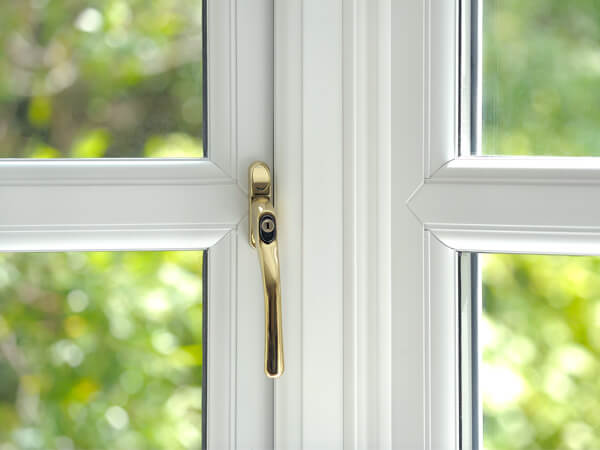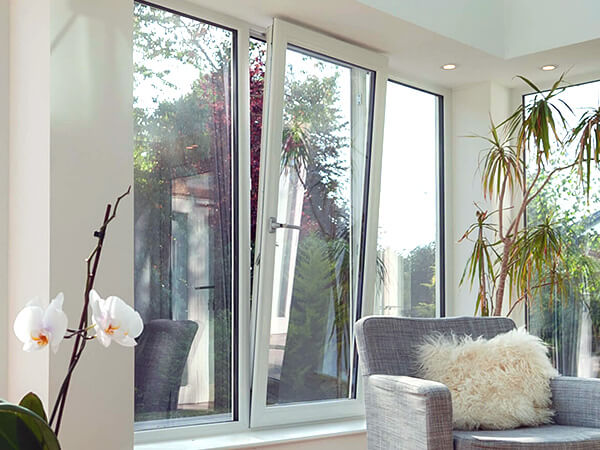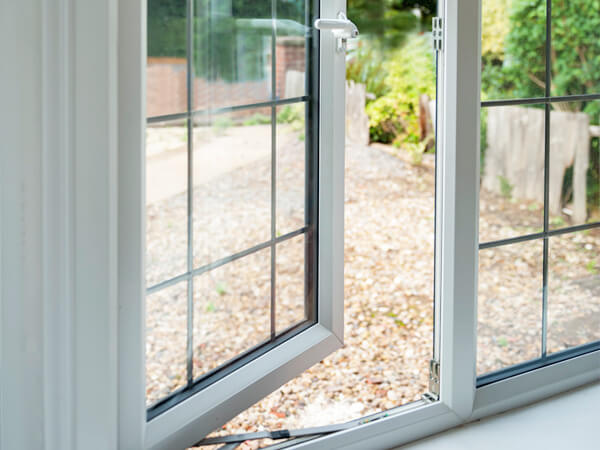Everything You Need to Know About UK Window Sizes
Standard window sizes don’t conform to every UK home as properties in this country are so varied. The dimensions of a window are dictated by what type of house is involved and also its particular style and age, which differs between dwellings.
Getting a company like ERG Scotland to see to the installation of window replacements is advisable so that they seamlessly integrate into your openings. Window sizing needs to be exact if unwanted gaps and condensation on windows is to be avoided.
Our aim with this article is to inform you of the size charts for some of the best-known window styles. But just before we do, let’s answer this: What are standard window sizes?
Standard UPVC Window Sizes
Most replacement windows selected for UK-based properties have UPVC framework, as this material is incredibly durable and low-cost, and can be double glazed.
Standard double glazed window sizes in height and width are detailed in the following couple of lists:
Average UPVC window height:
-
59 inches / 1500 millimetres
-
53.1 inches / 1350 millimetres
-
47.2 inches / 1200 millimetres
-
41.3 inches / 1050 millimetres
-
23.6 inches / 600 millimetres
-
17.7 inches / 450 millimetres
Average UPVC window width:
-
69.7 inches / 1770 millimetres
-
47.2 inches / 1200 millimetres
-
36 inches / 915 millimetres
-
24.8 inches / 630 millimetres
-
19.2 inches / 488 millimetres
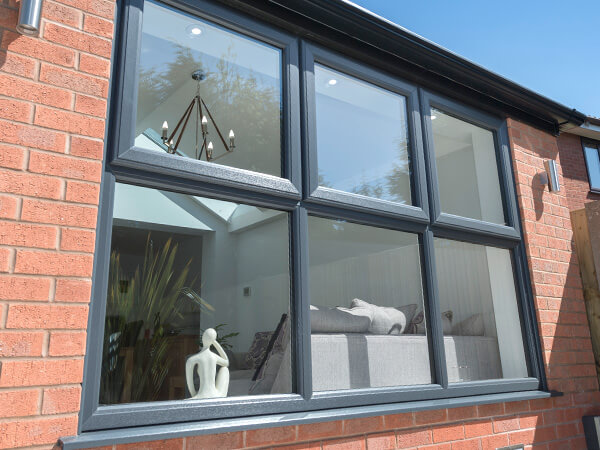
Standard Casement Window Sizes
The casement window is an unarguable classic, largely down to its matchless versatility. One of our biggest-selling styles, casements can be adapted into a range of configurations to fit apertures.
Typical casement window sizes are outlined below:
-
25 x 36 inches / 635 x 890 millimetres
-
29 x 74 inches / 736 x 1194 millimetres
-
29 x 59 inches / 736 x 1498 millimetres
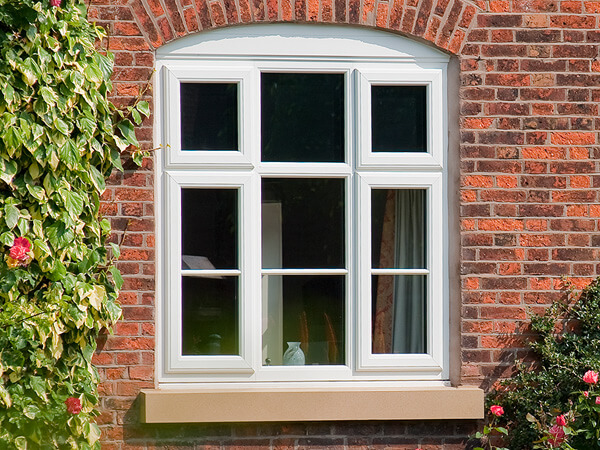
Standard Tilt and Turn Window Sizes
The tilt and turn window has no equal – effortlessly easy to clean from inside of the house, its opening mechanism also facilitates measured ventilation, handy during spells of hot weather.
Most single, double and triple glazed tilt and turn windows are sized accordingly:
Single Tilt and Turn:
-
Minimum size of 600mm (23.6in) by 500mm (19.7in)
-
Maximum size of 1900mm (74.8in) by 1300mm (51.2in)
Double Tilt and Turn:
-
Min: 600 mm × 1200 mm (23.6 × 47.2 in)
-
Max: 1700 mm × 2400 mm (66.9 × 94.5 in)
Triple Tilt and Turn:
-
Min: 600 mm × 1600 mm (23.6 × 62.3 in)
-
Max: 1900 mm × 3000 mm (74.8 × 118.1 in)

Standard Sash Window Sizes
Sash windows honour the elegance of traditional windows from past generations. Built to fulfil modern thermal efficiency demands, their unmistakable aesthetic beautifully suits cottages and countryside retreats. Often, sash windows get selected to add vintage character to newer dwellings.
As a general rule, a sash window has the following standard widths:
-
914 mm (36 in)
-
1219 mm (48 in)
-
1524 mm (60 in)
-
1829 mm (72 in)
-
2134 mm (84 in)
Its standard heights are these:
-
609 mm (24 in)
-
914 mm (36 in)
-
1219 mm (48 in)
-
1524 mm (60 in)
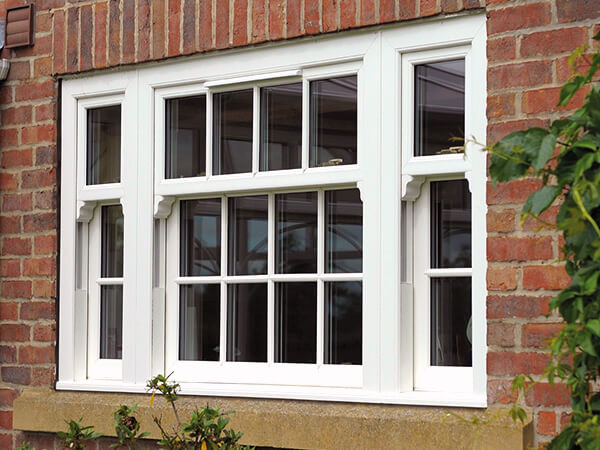
Standard Bay Window Sizes
Bay windows are admired by those who like a window that acts as a focal point of a home frontage and funnels in abundant natural sunlight. Projecting outwards, they give rooms a larger feel and are a fantastic place to sit by.
The standard window sizes in cm for bay windows are detailed below:
-
Min: 1016 mm (3 ft 6 in)
-
Max: 3200 mm (10 ft 6 in)
Bay Window Standard Heights:
-
Min: 914 mm (3 ft)
-
Max: 1981 mm (6 ft 6 in)

Differences In Standard Sizes Based On Materials
Standard window sizes will also be determined by the material chosen for any new windows and the flexibility of the relevant style.
UPVC – The best coloured UPVC windows mostly obey standard sizes, hence their popularity for contemporary abodes. Standard UPVC window sizes have dimensions corresponding to typical UK window openings, simplifying the process of installing them.
Timber – Many timber windows are customised, especially if bound for period residences and homes situated in historically important areas. Because they’re bespoke-made, standard sizing may not be applicable.
Aluminium – For the slimmest available windows, look to aluminium, a malleable yet unbelievably tough material. If you need tall windows or windows with extra depth, aluminium needs investigating and adds copious light to home interiors.
How To Conduct Accurate Window Measuring
We’re always massively grateful for customers giving us rough window size measurements ahead of a replacement window installation. Follow our step-by-guide to measuring up for new windows:
Measure from the outside
Arm yourself with a measuring tape and go outside of the house. Measurements will be more accurate if you do it externally instead of internally.
Take three measurements
Measure the window’s width at three separate points – at the top, middle or bottom. Use the same approach to gain the height – left side, centre and right side. This measuring process will account for any modest irregularities in walls or frames.
Check for squareness
You need a square window opening and this can be ascertained if you measure diagonally from corner to corner in both directions. If these measurements are almost identical, the opening is appropriately square. If they’re not, let the window installer know.
Allow for fitting tolerance
Whenever you’re measuring for replacement windows, don’t forget to allow for some fitting tolerance. Knock about 5-10mm off the width and height measurements so that the installer is able to make adjustments and correctly fit the frame.
Summary: Salient Points About Standard UK Window Sizes
Knowledge of window sizes is priceless information when you’re looking to exchange your old openings for something more modern
If you’re worried about getting the measurements wrong, don’t panic! ERG Scotland organises all the measuring prior to fitting new designs and will also assist with identifying windows that match your home’s personality.
You’re welcome to reach out to us if you have any questions to do with replacing your windows or windows in general, such as what are acceptable u values for windows.
Looking for new replacement windows?
Old favourites such as the Sash Window and Casement Window, sit alongside contemporary innovations including our latest flush range available in double glazing or triple glazing options.
Request your Free Window Quote
Simply fill in your details for your free, no obligation quotation, and click “Get Quote”
